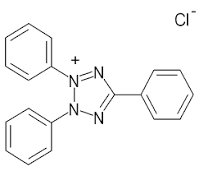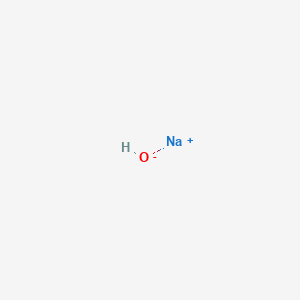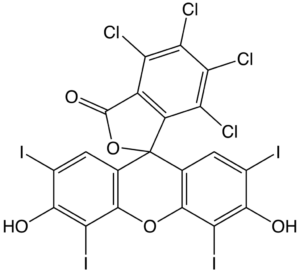Description
The tetrazolium test is widely recognized as an accurate means of estimating seed viability. This method was developed in Germany in the early 1940s by Professor George Lakon who had been trying to distinguish between live and dead seed by exposing them to selenium salts. He then tried tetrazolium salts and found them more effective. Today the test is used throughout the world as a highly regarded method of estimating seed viability and is routine test in many seed testing laboratories. It is often referred to as a “quick test”, since it can be
completed in only a few hours (as compared to regular germination tests that require as long as two months for some species). Tetrazolium test results can be extremely valuable for providing labeling information for immediate shipment of seed lots without waiting for completion of germination tests. It is also a valuable research technique for estimating seed viability and determining reasons for poor germination.




